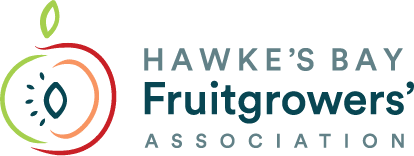Winter chill – that is pretty cool!
Meg Becker
AgFirst Consultants
Winter chill sets the precedence for the season ahead, contributing to budbreak timing, floral capacity of the tree, flowering length and strength, and quality/quantity of potential yield outcomes.
The Metwatch chill unit calculators on the NZAPI website are the Richardson Chill units, Hours below base temperature and Chill Hours (sum). All three measure chill units slightly differently resulting in different seasonal trends. For instance, at the start of July 2025, the hourly chill model is showing 2025 chill as only slightly behind the exceptional 2024 season, as the Richardson chill is showing the 2025 season to be ‘average’ when compared to previous chill accumulation.
Chill units are the number of hours the plant experiences below the base temperature but above freezing. The Richardson chill model provides good insight into chill accumulation in temperate climates. It accounts for the high temperatures which result in negative chilling and excludes below freezing temperatures (which do not contribute to chill accumulation).
| Lawn rd (1st May to 31st August) Richardson chill | Allow negative chilling | Exclude negative chilling |
| 2022 | 998 | 1238 |
| 2023 | 1133.5 | 1367 |
| 2024 | 1298.5 | 1442.5 |
It’s important to understand what parameters are selected when reviewing the models. As in the table above, ‘allowing for negative chill’ makes a big difference to the accumulation of chill units – which can have a significant bearing in determining the timing of your dormancy breaker applications.
For all models, consideration needs to be had regarding when chill units actually start accumulating. Physiologically, accumulation begins when the trees go into the Endodormancy period, triggered by colder temperatures and short photoperiods. This can be before leaf fall begins and is simply the point at which the tree is unable to resume growth until winter chill requirements have been met, even if favourable conditions occur.
For comparing regional averages, 1st May is a good general standpoint, and although areas and some varieties vary this provides a point in the sand comparison between seasons.
To accurately determine block/variety specific winter chill, growers must pay close attention to the tree’s physical characteristics over autumn. At what point did senescence begin, as this is a sign the plant is responding to temperature and day length.
Regardless of the model used, consider each season relative to previous seasons, how you have historically managed your blocks and what the outcomes were with relation to critical timings on your orchard.


